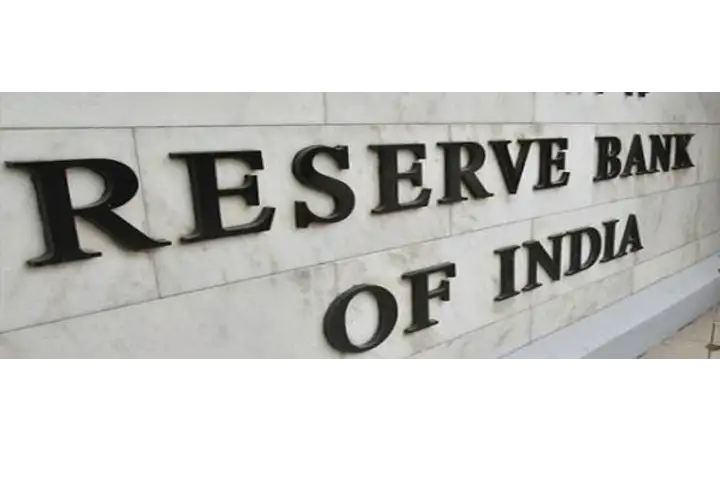With retail inflation finally slipping below the Reserve Bank of India’s threshold of 6 per cent to 5.66 per cent in March—the lowest since December 2021, all eyes are now on the Reserve Bank of India. Will the central bank now set its focus on back on boosting economic growth? Earlier this month, the RBI’s unexpected move to leave the repo rate – the rate at which banks borrow from the central bank—unchanged at 6.5 per cent came as a pleasant surprise.
In February, the inflation rate was 6.44 per cent.
Importantly, the inflation rate for the rest of this year is projected to remain below 6 per cent. And now India Meteorological Department’s (IMD) prediction of a normal monsoon this year despite threats of an evolving El Nino situation, has brought relief to the country’s economic managers.
The State Bank of India pegged the inflation measured by consumer price index for the current financial year at 5.2 per cent. In the first quarter, the inflation rate is projected to clock 5.1 per cent followed by 5.2 per cent in the second. In the third quarter it is projected to be 5.3 per cent while in the January to March period of the current financial year, it is expected to be come down to 5 per cent.
“Cost conditions have somewhat eased, inflation expectations of households have also eased. On the upside, adverse climatic conditions are a risk to future inflation trajectory,” RBI Governor Shaktikanta Das said at the customary press conference held after the monetary policy announcement.
The RBI under Das, a man known to be a staunch advocate of economic growth increased interest rate as many as six times in the last one year as inflation concerns dominated the monetary policy spectrum. Through the Covid 19 pandemic period, Das kept his eyes focused on economic growth. The RBI even let inflation rise above the 6 per cent level in 2020.
In May 2022, the repo rate was 4 per cent last year.
Das had assured the industry and other stakeholders that the RBI was “battle-ready” and would do whatever it takes to keep up the momentum in the economy.
An insider who has closely worked with Das said that the governor has an open mind. “It is important to note that RBI will do things that suit the Indian conditions — when the need was to focus on growth, he (Das) did the needful, when the focus had to be shifted to ensure prices were contained, he shifted his stance,” the person said.
Now with external risks rising, India’s growth momentum has eased with weakening consumption. The International Monetary Fund lowered India’s economic growth projection for the current financial year to 5.9 per cent from the previous estimate of 6.1 per cent. Despite that, the country will remain the fastest growing major economy in the world. “But that is not what is the only objective of our policymakers…the aim is to press the growth pedal,” he said.
The IMF projection is significantly lower than RBI’s estimate of 6.5 per cent for the current financial year. The World Bank however projected a growth rate of 6.3 per cent for India for the current financial year. The Asian Development Bank has pegged India’s growth rate at 6.4 per cent.
It is time for India’s policymakers as well as RBI to take note of the changing dynamics while ensuring the growth momentum is not dented.
Also read: RBI pauses hike in key policy rate bringing cheer to industry


















